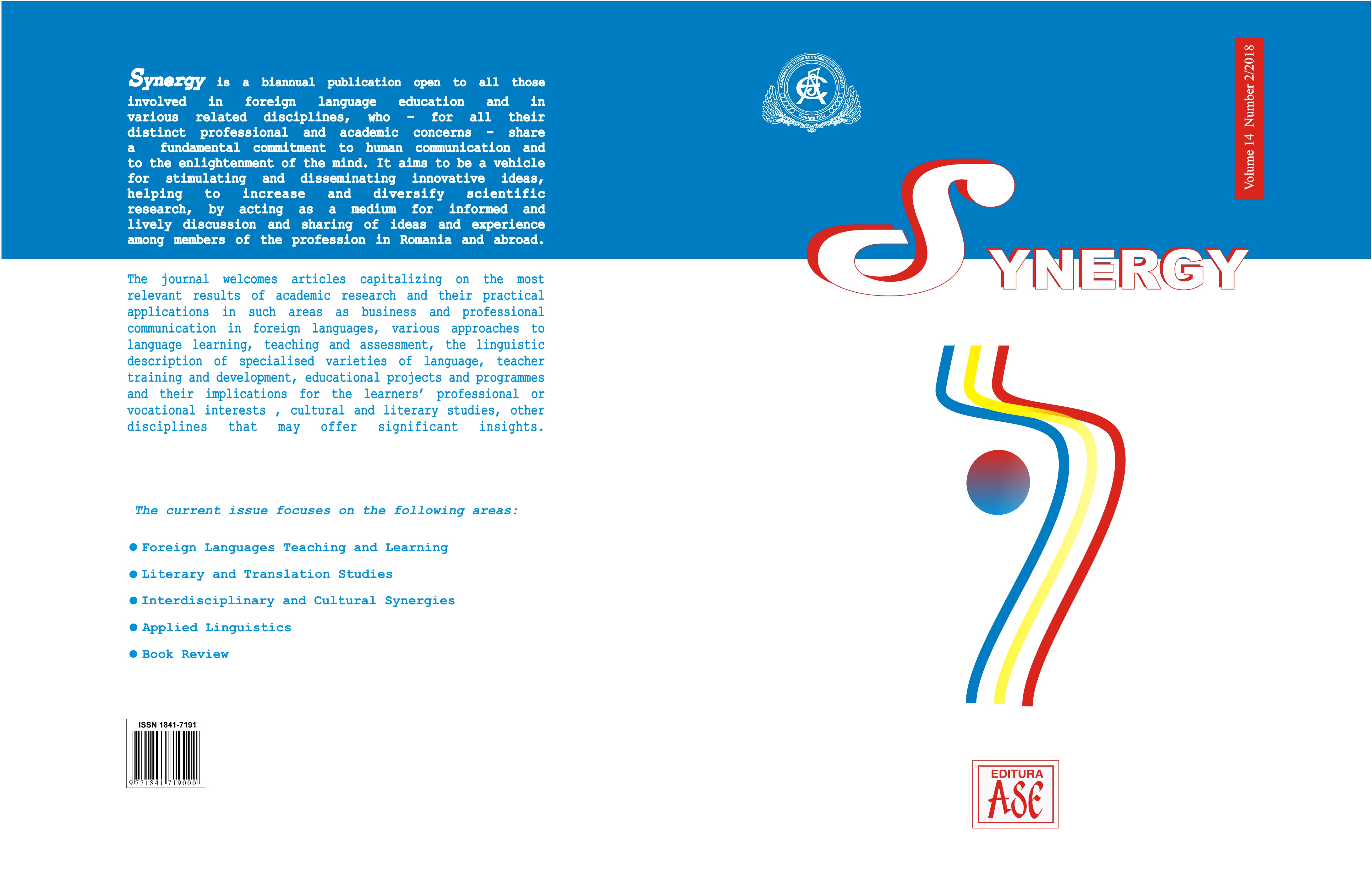THE STATUS OF WOMEN BETWEEN ‘TRADITION’ AND ‘MODERNITY’ IN CHITRA BANERJEE DIVAKARUNI’S
OLEANDER GIRL
THE STATUS OF WOMEN BETWEEN ‘TRADITION’ AND ‘MODERNITY’ IN CHITRA BANERJEE DIVAKARUNI’S
OLEANDER GIRL
Author(s): Iulia RăşcanuSubject(s): Language and Literature Studies, Studies of Literature, Other Language Literature
Published by: EDITURA ASE
Keywords: tradition; modernity; Indian women; taboo; myth;
Summary/Abstract: Tradition and modernity are generally viewed as two opposite poles that do not meet. Society has been changing in contemporary India and women’s status along with it. India is one of the countries that has met the challenges of globalisation becoming a significant economic power. Under such circumstances, the status of women could not remain unaffected despite traditional patriarchal norms that still demarcate women’s movement and space of activity. The public and private spheres have been altered as well, with more women being able and willing to perform in the public sphere. Where does ‘tradition’ then dwell? How is it still linked to the concept of ‘woman’ - its (imposed) bearer and perpetuator for centuries? How does patriarchal society negotiate the new changes brought upon the status of women? These questions are asked in the context outlined by Chitra Banerjee Divakaruni in Oleander Girl, along with a few issues that need to be analysed: the limits or crossings over the limits of the public and the private spheres in contemporary (West) Bengal; taboo-breaking realities such as inter-racial relationships and babies born out of wedlock; border-crossing as a necessity for (re)definition of identity associated with the uncertainty of return.
Journal: Synergy
- Issue Year: 14/2018
- Issue No: 2
- Page Range: 221-234
- Page Count: 14
- Language: English

